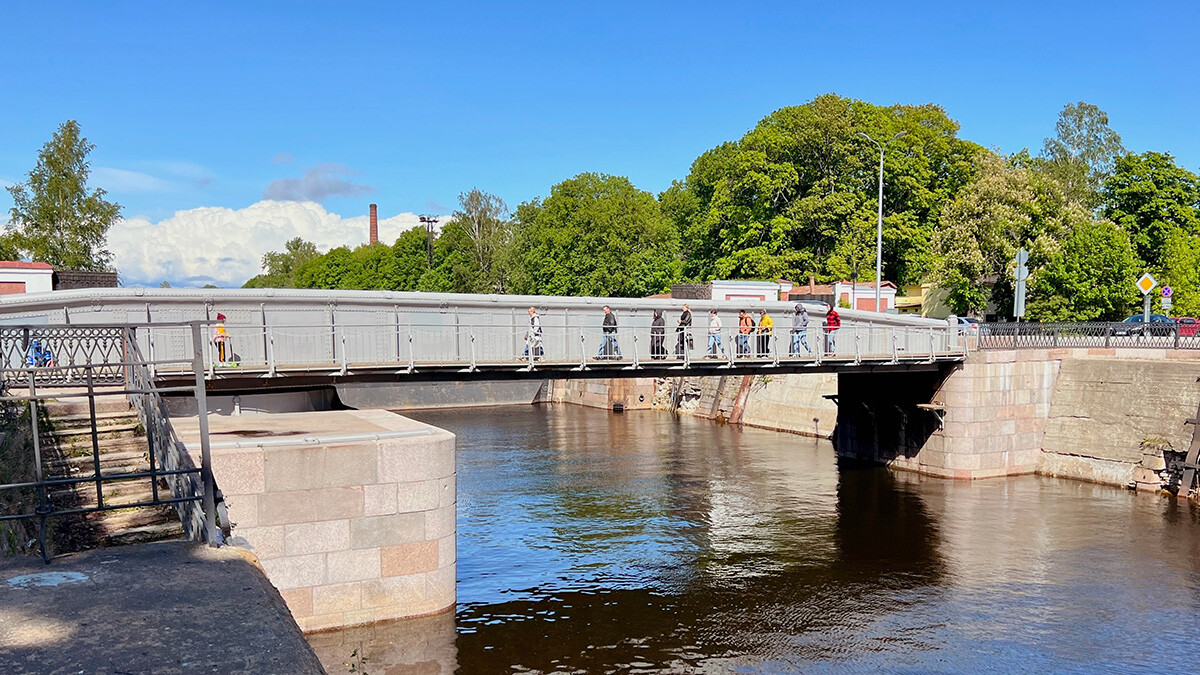
In the 1720s, the city of Kronstadt became the main naval base of the Baltic Fleet. As a part of the Neva Bay defensive structure complex, it protected St. Petersburg from the side of the Gulf of Finland. It was a place where marine personnel were forged; it was also a military, trade and passenger port.

Kronstadt soon required a dry dock to repair underwater parts of ships. In Europe, similar constructions had a serious flaw: more than a month was required to pump water out of a dock; in the end, the repairs took too much time. The ambitious Peter the Great decided to fix it and prepared the project of a Russian dock by himself.

The emperor’s idea was not to pump the water out of the dock but drain it. For this, Peter designed a system of reservoirs of different depths. Near the dock the depth was 10-12 meters, while near a more eastern-located basin it was 16 meters.

The water was supposed to flow out through a drainage hole along a special canal into the basin; from there, horse-powered machines and windmills would pump it out into the sea.

More than 30 years passed from the idea to its implementation. Elizaveta Petrovna, the daughter of the tsar, finally put the dock into operation in 1752.

The length of the cross-shaped dry dock amounted to 383 meters, with a width of 20 meters; it could accommodate 10 ships at once. The total length of the construction was more than two kilometers.

In 1774, a Scottish steam machine was installed to pump the water out of the basin. It was able to fully drain in nine days. Later, it was replaced by electric pumps and the dock managed to stay operational until 2008.

Another unique element of this structure – the Dock Bridge – was built in 1854. This is the only swing bridge (rather than a drawbridge) on the territory of St. Petersburg (the city-port of Kronstadt is part of the Northern Capital). The bridge is turned 90 degrees to the side so ships can enter the dock.

Dear readers,
Our website and social media accounts are under threat of being restricted or banned, due to the current circumstances. So, to keep up with our latest content, simply do the following:
If using any of Russia Beyond's content, partly or in full, always provide an active hyperlink to the original material.
Subscribe
to our newsletter!
Get the week's best stories straight to your inbox